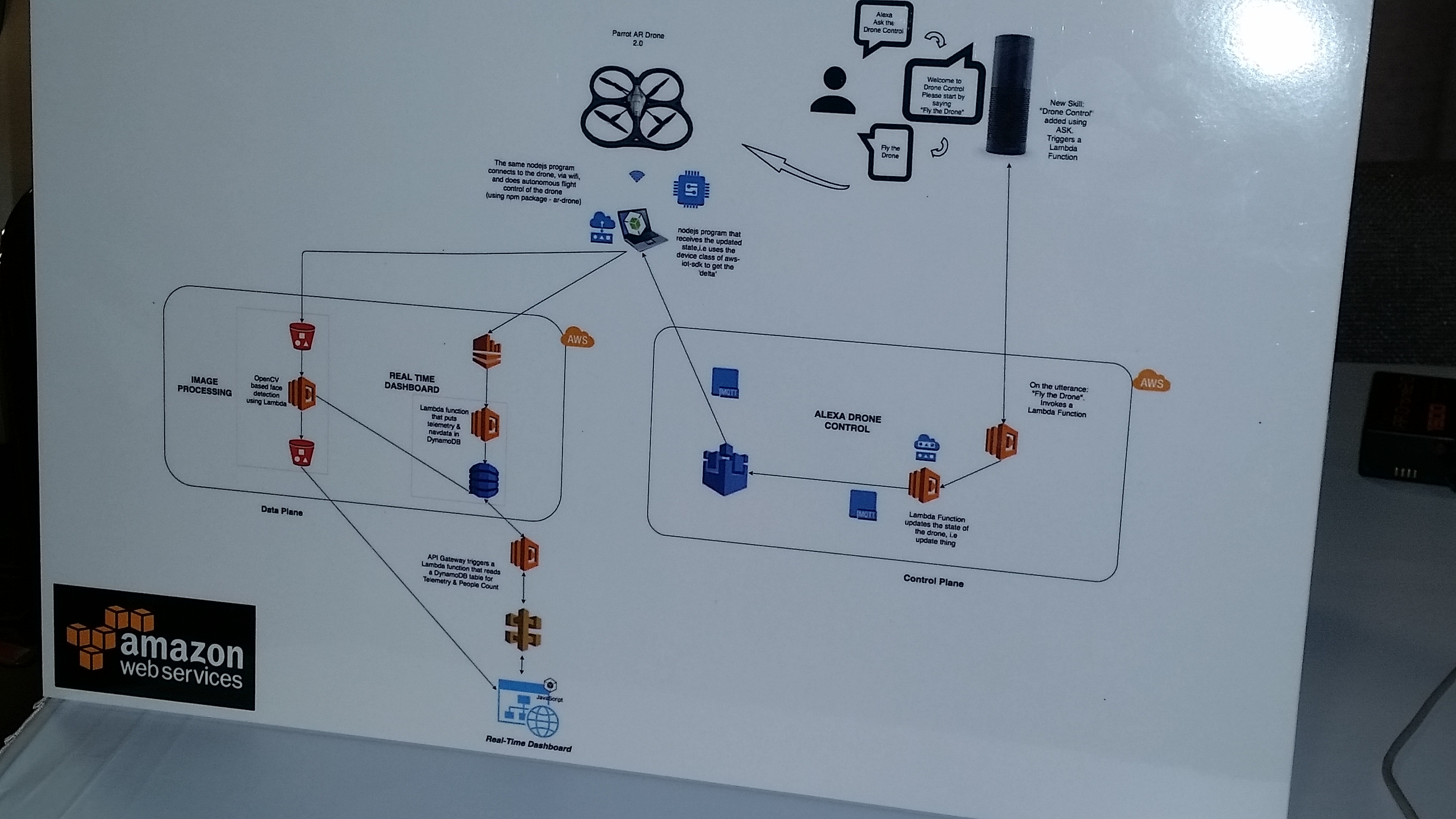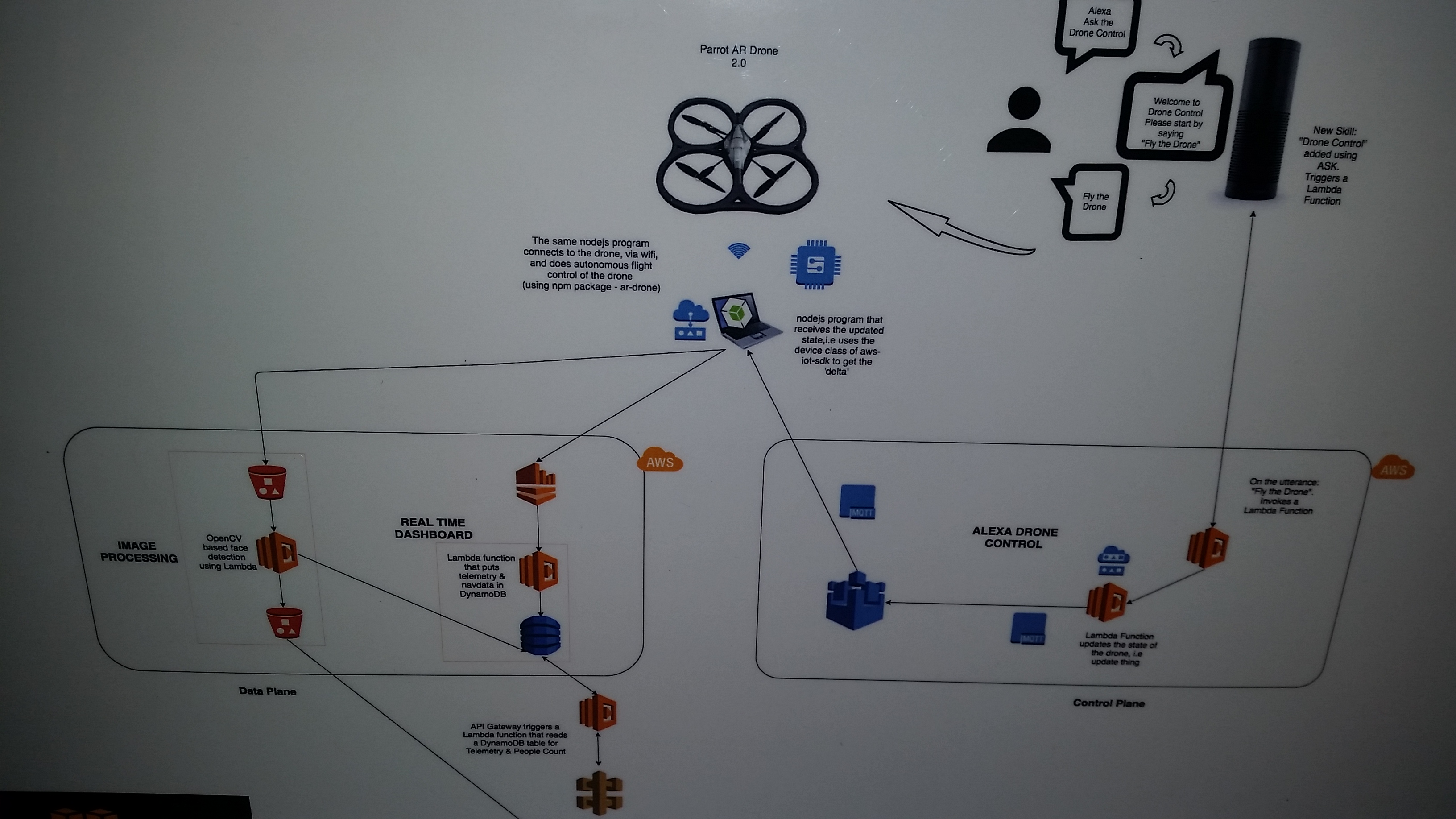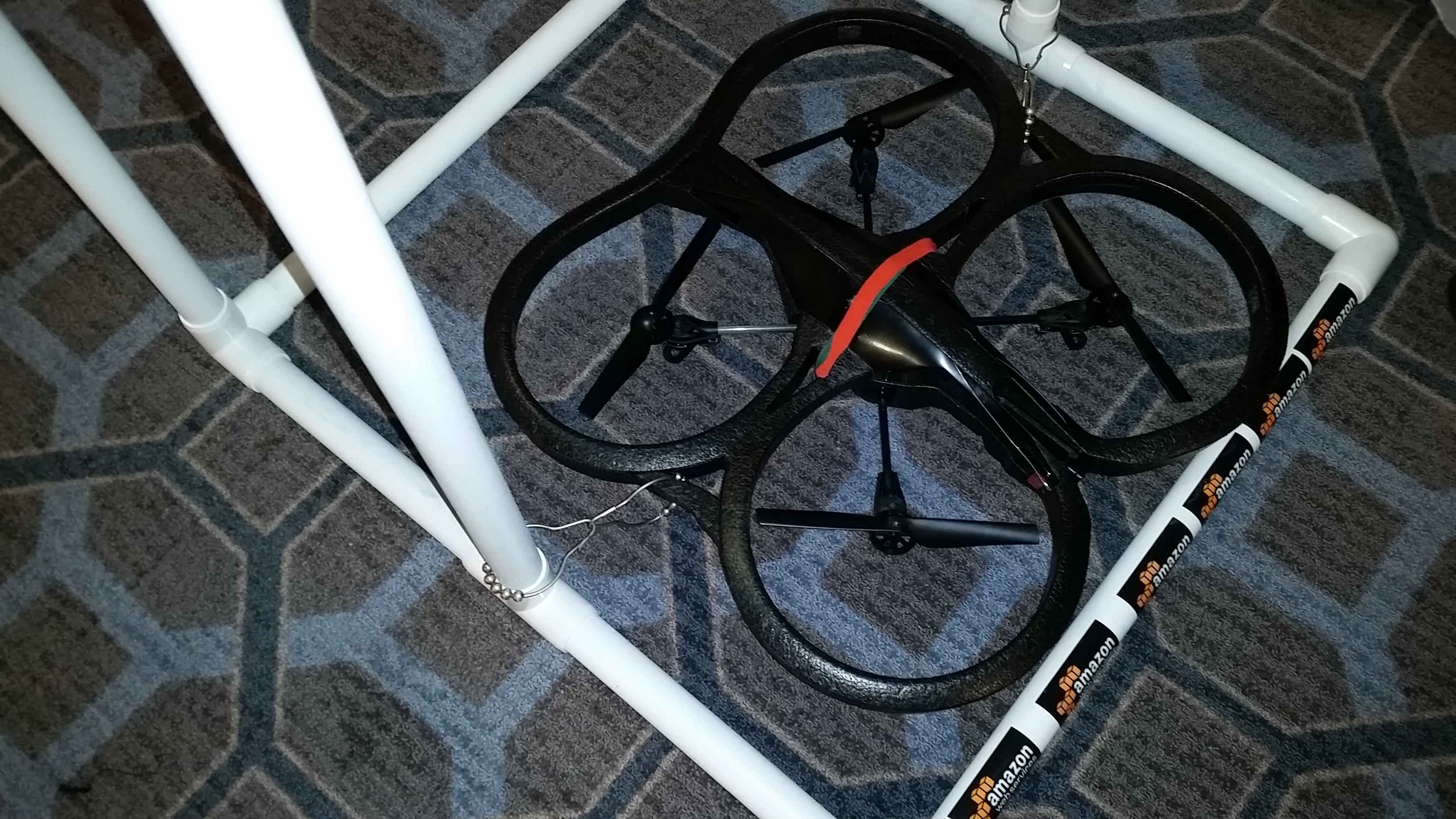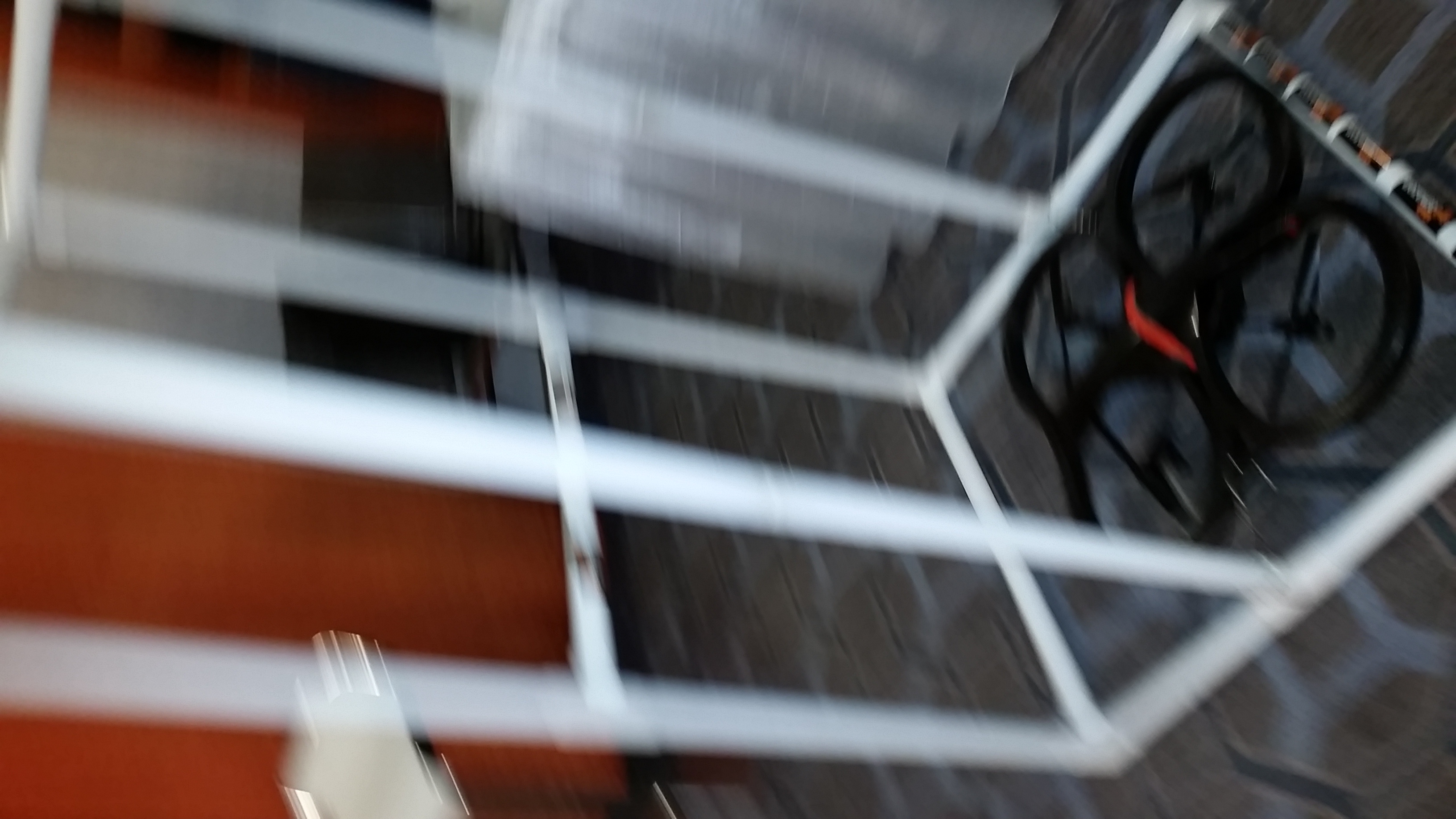Phones, Drones and Automobiles
Introducing PDA in Realtime Systems Curriculum
PDA: Phones, Drones and Automobiles. What is the relevance to CSE321 course? These are examples of Realtime Embedded Systems (RTEM).
Drones
August 29, 2016 is a landmark day in the brief history of drones.
See Washington Post Article by B. Fung. August 29, 2016, "As of today, it's legal to finally legal to fly drones commercially."
On this day FAA came up with new regulations for flying drones.
Read it here:
FAA UAS
A drone is defined by FAA.gov as
An unmanned aircraft system (UAS), sometimes called a drone, is an aircraft without a human pilot onboard – instead, the UAS is controlled from an operator on the ground."
When you fly a drone in the United States, it is your responsibility to understand and abide by the rules. See the Getting Started guide.
Piloting a drone is a primary operation (just like driving a car.) Piloting can be manual or automatic depending on the drone. Nowadays it is not an uncommon sight to see a drone flown around mostly for recreational purposes. In this case, drones are mostly used for video taping and for photography.
In our CSE321 RTEM systems course we want to go beyond piloting a drone. We would like not only to learn to pilot the drones but also to design and implelment creative applications of drones and to contribute to innovations in drone technology.
Important Apps for Flying a drone
- B4UFly: An app from the FAA that helps you to know about airports within 5 miles and controlled airspace.
- AutoPilot: A third party controller app with waypoints and other enhancements
- DroneDeploy: A third party controller app for mapping and crop analysis
- Airmap: A third party app useful for filing flight plans and staying legal.
Programmable Drones and APIs
What can you do with drones? Of course, first idea that comes to mind is flying it or piloting it. With advances in integrated chip (IC) and video technologies cameras have been added to most drones from low cost to most sophisticated. This allows one to capture the world from extraordinary vantage point. From 300 ft above a scene, a brids eye view, into the woods, over inaccessible spaces.Some of the programmable drones we have are : Phantom 3, and Pahntom 4 and Parrot AR.
Developer Resources
Companies interested in Drones
- Facebook's Aquila for proving internet connectivity for Africa
- Amazon's Prime Drone for delivery of goods (It is operational in UK)
- Google's drone (flight tested in Australia)
- Others? Taco Bell? Pizza Hut?
- US Military
NSF Supported Drone Projects
NSF Funds Drone Research White House has released $35 million for drone research through NSF. Here are some of the funded projects:- Wildlife conservation
- Increasing the accuracy of weather forecasts
- Enhancing communications in a disaster
- UAVs in hurricane and nuclear disasters
- Sea ice mapping
- Safer, cheaper infrastructure monitoring
Ideas for Term Project
Research on drones involves (not just piloting it) but also the following:- Understanding the working of a drone
- Studying the physics/foundational concepts behind flying in general. See Dr.Cerne's presentation
- Studying the sensors that can be installed on a given drones
- Study the types of drones
- Build your own drone and fly it too
- Write "apps" to carry out useful operations with drones
- Work with programmable drones (API) to provided added functionality to drones



